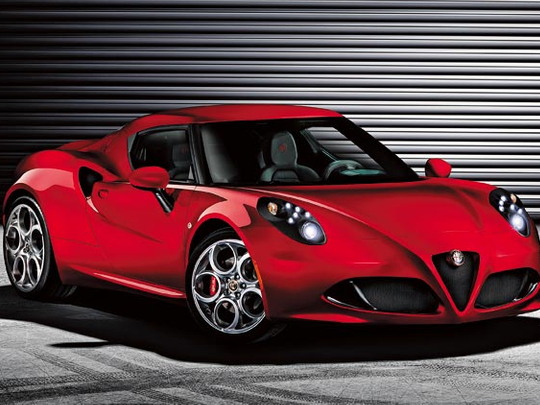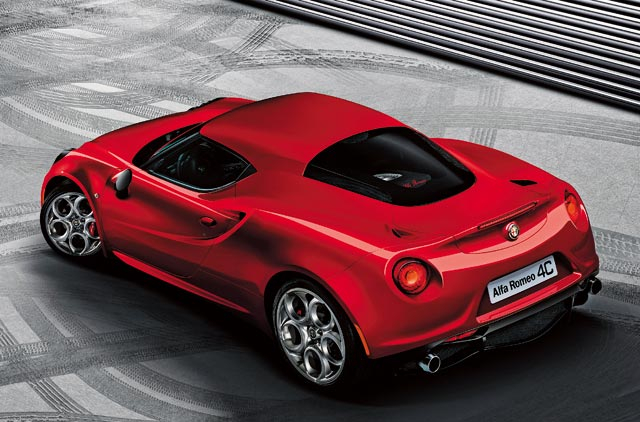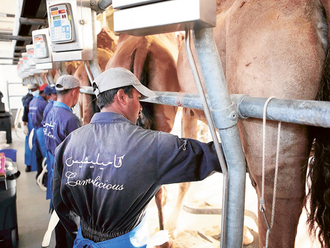
Just before this issue went to print, wheels was busy driving the new Porsche Cayman in Portugal, on some coastal roads and the roller-coaster Portimao racetrack.
How fitting, because in 2013 the Cayman will have to fight off a formidable attack from the Alfa Romeo 4C. The odds are currently stacked in favour of Stuttgart’s Cayman and Cayman S, powered respectively by a 275bhp 2.7-litre and 325bhp 3.4-litre flat-six capable of propelling the range-topper from zero to 100kph in less than five seconds and on to a top speed of over 280kph. It helps, too, that you can buy a seat in a base Cayman from Dh199,900, or a Cayman S from Dh227,300.
But where a seven-speed PDK-equipped Cayman tops 1,350kg, the Alfa counters with a projected target weight of just a tonne or less. Some exotic (read: expensive) weight-saving measures must’ve been taken in the 4C for such low kerb figures, so how is a tonne dead even possible in a car expected to cost roughly the same as a Cayman?
Well, Alfa Romeo is finally ready to premiere its production-ready 4C at next month’s Geneva motor show, and has allowed us a more in-depth look into the upcoming mid-engined two-seater. For one, the Alfa doesn’t use a large engine to fight off Porsche’s state-of-the-art flat-six. In the 4C, instead of a raucous V6 you’ll only get a 1,750cc four-cylinder, albeit one made entirely from aluminium and turbocharged to allow for a ratio of 4kg-per-horsepower. Call it 250bhp. It helps that the four-pot — with direct fuel injection and variable valve timing — comes straight off Alfa’s parts shelf since the same engine powers the hot Quadrifoglio Verde version of the Giulietta hatchback. A twin-clutch transmission drives the rear wheels, and is operated by shift paddles behind the steering wheel.
Inside the 4C, gorgeously executed by the Alfa Romeo Style Centre, the sportscar shows off plenty of carbon fibre by exposing the composite monocoque chassis (now we know why it’s so lightweight). The unique chassis allows for compact dimensions — the 4C measures just under four metres long, 2,000mm wide, 1,180mm high and with a wheelbase of less than 2,400mm. Compared to a Cayman, then, the 4C is more than a foot shorter, but significantly wide and lower while maintaining a similar wheelbase length. That spells great things for the car’s dynamics.
The 4C will be manufactured in Maserati’s plant in Modena, with first cars reaching European customers later this year. Word from local Alfa representatives is that the 4C is coming to the Middle East shortly after, and it can’t be soon enough.












